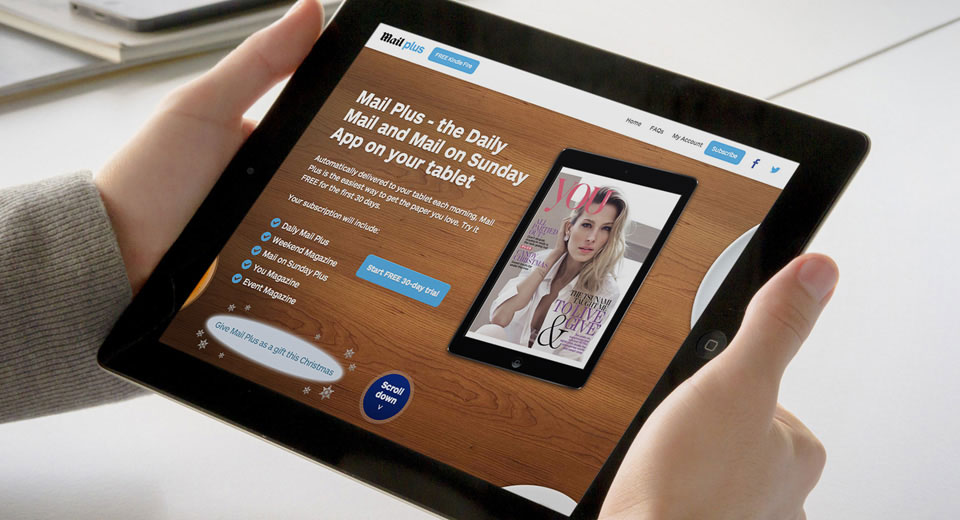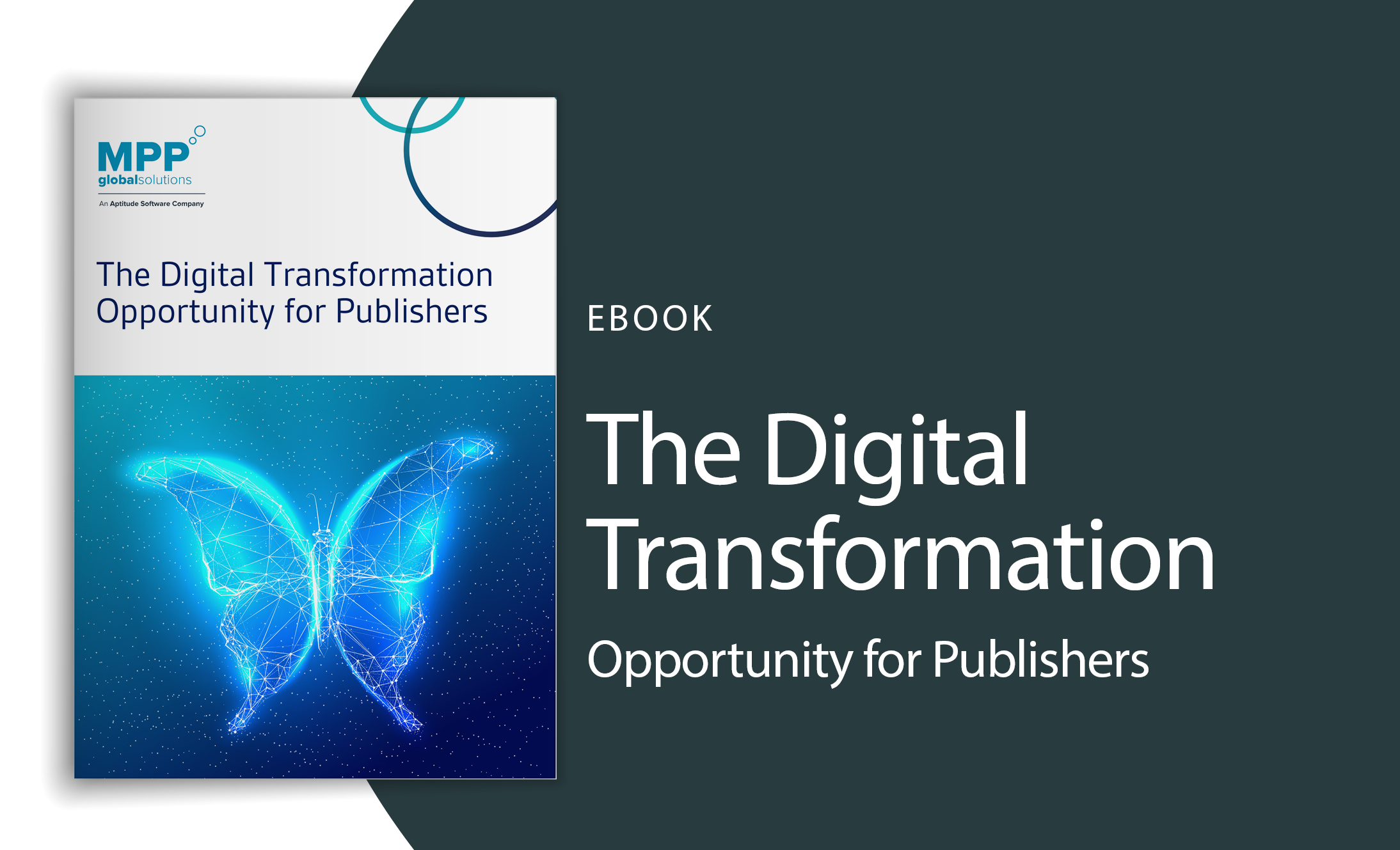How Machine Learning Can Help Publishers Create Personalized User Experiences That Retain Customers

What You’ll Learn:
Find out how publishers can use machine learning techniques and AI technology to great effect in customer identification, acquisition and retention strategies.
According to ComScore, digital publishers now receive only 1.7 average pageviews and just 3.8 minutes on-site per session.
Pageviews, engagement and monetization are all being negatively impacted by the rising number of third-party and social platforms appropriating content, low-quality clickbait competition and content recommendation services that drive visitors off-site.
AI and Machine Learning: Publishers’ Secret Weapon
With online news consumption continuing to grow, it’s crucial for publishers to take advantage of new technologies to remain competitive.
For instance, Amazon has been using AI and machine learning to learn individuals’ purchase history and recommend complementary products, while Netflix suggests content based on individuals’ viewing history.
These same technologies have great value for publishers and can help to both engage readers and increase profits. In fact, a study from Adlucent found that 71% of consumers preferred the highly personalized ads made possible by advancements in big data, to personalize their experiences.
Recommendations Through Audience Analysis & Engagement
To better understand your audience and reach your ideal reader more effectively, you can find out more about the specific content they visit on your website and analyze this according to when, how and from where they access it. This allows you to pinpoint the platforms from which you can reach them most effectively and follow what they are talking about on social media or other networking hubs.
An example of a free tool for this is PeoplePattern. PeoplePattern uses social data and machine learning techniques to develop audience intelligence based on real people and real conversations, giving structure to unstructured documents such as Tweets, Facebook wall comments, blog posts and customer reviews.
These types of tools are extremely powerful if you are narrowing down your niche market. However, you can only realize these benefits if you already know what you’re looking for.
Thankfully, there is a solution to analyze the trends within a specific audience – and thanks to machine learning, it doesn’t have to be an arduous, manual process. This kind of predictive deep analysis of customer behavior is set to shape how publishers interact with readers in the future.
Using Netflix as an example of great content recommendation algorithms in action, there is no reason why machine learning can’t be used by publishers to recommend articles, research papers and other relevant resources to the user based on their search history.
In-Depth Content Analysis & Diversification
We already know that content analysis is a great way to gain insights into what people are talking about and who you’re your competitors are.
However, with machine learning, publishers can take this a step further. Analyzing content using AI and machine learning has the advantage of potentially discovering hidden connections you otherwise wouldn’t have.
Machine learning algorithms can learn users’ behavioral patterns and personalize the content to deliver the right message to the right audience, and in the right way.
The majority of internet users prefer to view and interact with information presented in graphic form, with graphs, numbers or visuals catching and maintaining far more attention than long text.
It’s clear to see how visual and interactive content benefits publishers. Leading publishers, from Jeff Bezos at The Washington Post to the New York Times’ 2020 Report, have identified visual storytelling as the most effective strategy for engaging modern readers who are no longer engrossed by long-form text.
The challenge, however, is that building this content is incredibly resource-intensive – and this is where machine learning steps in.
For example, the AP announced a machine learning initiative to reduce the 800 hours its journalists and editors spend every week converting print stories to broadcast formats. By automating tasks, the machine learning initiative will subsequently free up capacity for journalists.
Individualized Customer Service
Of course, the best way to interact with any reader or audience is on a personal level; by asking people individually what they enjoy and would like to see more or less of, you can provide constructive customer service and gain valuable insights to shape the future content of your publications.
Obviously, this level of granular, individual engagement isn’t possible. But, with AI chatbots, voice search or AI-assisted technology, real customer service agents are improving the quality of service.
Whether a researcher, editor or student, the types of enquiries you receive will differ based on the user’s role and motivations.
With the help of machine learning, text analysis and computational linguistics, algorithms can be developed to conduct sentiment analyses; deciphering your user’s tone and responding accordingly.
Chatbots can also be a powerful tool for audience engagement. For example, AuthorBot, the chatbot specifically designed for publishers, promises to be able to engage in ‘real’ conversations.
If you’d like to learn more about how MPP Global can help shape the future of your publishing business and maximize customer lifetime value, get in touch with one of our experts.
 us
us 










